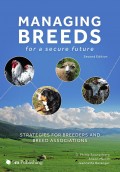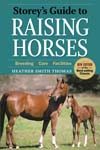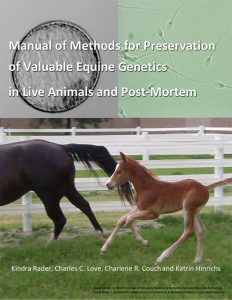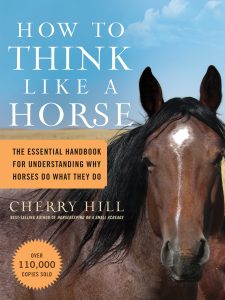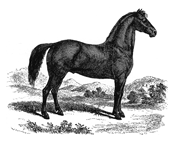
Breed Facts
Status:
Critical
Use:
Pleasure Riding, Ranch Work, Driving, Hunter/Jumper
Adult Weight:
600-800 lbs.
Adult Height:
12-13.2 hands
Temperament:
Docile, Willing
Experience Level:
Beginner
Notes:
A small but strong mount that can do the work of a horse
GALICEÑO
Galiceño horses have deep roots in America. Christopher Columbus brought horses to the New World on his second voyage and established breeding herds on Hispaniola. In the early 1500s, Hernan Cortes brought horses from the Galician province of Northern Spain to Cuba and established a breeding herd. After the defeat of the Aztecs, horses were introduced more widely in Southern Mexico, where they bred freely and spread over time throughout Mexico and into what is now the United States. Over the next 350 years, natural selection shaped the modern-day Galiceños. DNA evidence from studies at Texas A&M University shows that Galiceños are more closely related to the Iberian Garrano, from Northern Spain, than to the modern breeds of Southern Spain.
Throughout the 18th and 19th centuries, Galiceños were used as pack horses and on ranchos in Northern Mexico. They continued to free range, with some selection by the local inhabitants as they captured and fed the horses most valuable to them. Feral bands of horses crossed the border between Mexico and the United States. Ranchos in the border states often bought horses in Mexico, and these were no doubt the earliest introductions of Galiceño horses to the U.S.
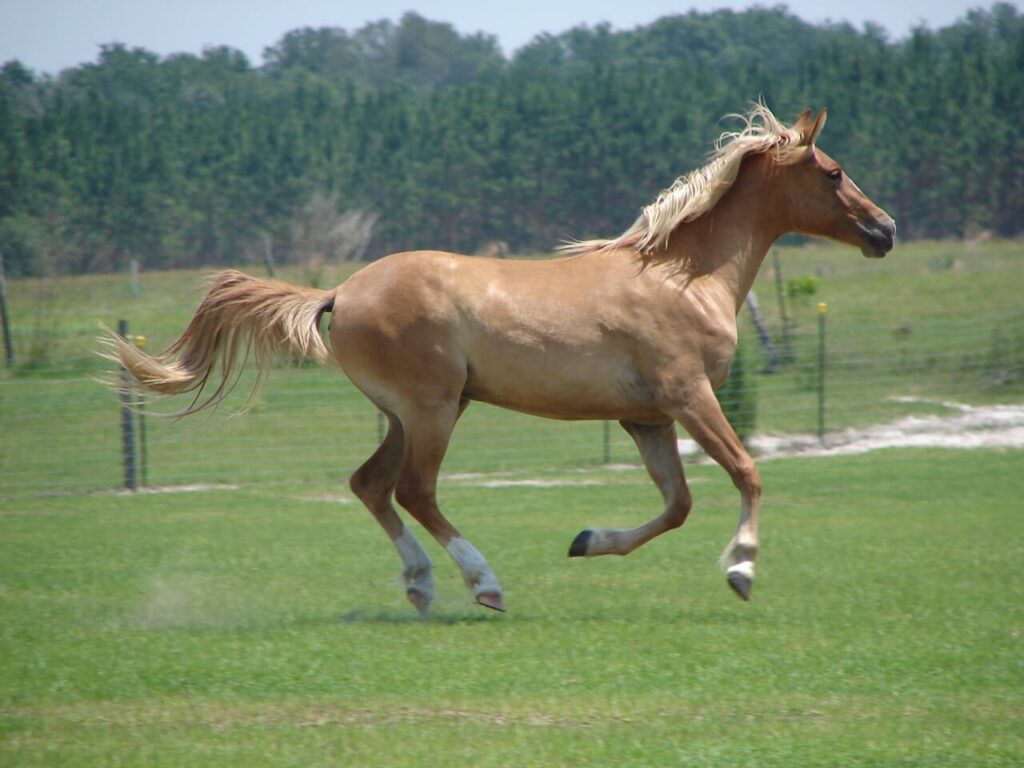
Galiceño Horse, courtesy of Rick Blaney
Formal introductions of Galiceño horses began in the 1950s. Harvey Mecom of Liberty, Texas, brought Galiceño horses into the U.S. starting in 1958. Glenn Bracken of Tyler, Texas, and Charles Dolan of Eagle Pass, Texas, soon joined Mecom in bringing horses up from Mexico, and in 1959, they established the Galiceño Horse Breeders Association.
Galiceños brought into the U.S. in those early years found their way to many states. Many were used for crossing to “improve” other breeds. They are thought to be part of the ancestry of the famous King’s Ranch cutting horses, as well as the early breeding of Pony of the Americas (POAs). Although originally adapted to the arid climate of Northern Mexico, they have now adapted and bred in climates ranging from humid Florida to the Mountain West, and even British Columbia.
Galiceños mature at 12-13.2 hands in height and can be found in many colors, including black, bay, chestnut, cremello, palomino, lineback duns, buckskins and roans. Pinto and Appaloosa patterns are not found in this breed today. The head profile is straight or convex. The nostrils are crescent-shaped and very elastic, allowing a large opening for maximum airflow during strenuous activity. The ears are small and hooked inward at the tip. The chest is narrow and deep. Chestnuts on the legs are small or absent. The back is short. The neck, shoulder, back, hip and depth of the chest are equal in length. The hip is rounded and shows no crease along the spine.
Although small in size, they are considered a horse not a pony. Galiceño horses are fully capable of carrying an adult human. Their normal gaits are smooth and easy on the rider. Some Galiceños exhibit a smooth “running walk.”
The horses are intelligent and exceptionally gentle horses that have a desire to please. They also have a very strong herd dynamic. Stallions can be kept together with very little aggression between individuals. Mares’ estrus cycles continue through most of the year except, perhaps, October through January as births usually occur from January through September. Gestation is typically 11 months, occasionally longer. They are easy keepers on hay or pasture but may need some grain supplement depending on the needs of pregnancy and work or when forage quality is low.
Historically, Galiceños were used for ranch work and still are in parts of Texas. Their endurance and stamina make them excellent trail horses for children and adults, and they still make very good pack horses. Their agility makes them perfect for competitions, and they excel in both dressage and barrel racing. Many have been trained to drive. This breed would be excellent in pony classes on the hunter/jumper show circuits. The current market has been limited due to the common belief that adults need larger horses. However, older riders are discovering that it is easier to mount a smaller horse such as the Galiceño that is fully capable of carrying an adult.
Their intelligence makes Galiceños easy to train, and opportunities are being developed in hippotherapy where it is so important that the horse responds to its rider, moving under the rider such that the rider is kept centered. Galiceños do this naturally and, in general, are very gentle with children.
This versatile horse is suitable for both work and pleasure and is in need of even more dedicated breeders.
Did you know:
No breed included on the Conservation Priority List has gone extinct since The Livestock Conservancy began work in 1977. Fourteen breeds have graduated off the CPL since 2014, including the Wyandotte chicken in 2016, Highland cattle in 2019, and Hereford pigs in 2024.

Breed Facts
Status:
Critical
Use:
Riding, Ranch Work
Adult Weight:
600 – 800 lbs
Temperament:
Docile, Willing
Experience Level:
Beginner
Notes:
A small but strong mount that can do the work of a horse
You may be interested in…
Managing Breeds for a Secure Future
By Dr. Phil Sponenberg, Dr. Alison Martin, Jeannette Beranger
$34.95
Manual of Methods for Preservation of Valuable Equine Genetics
By Kindra Rader, Charles C. Love, Charlene R. Couch and Katrin Hinrichs
$19.95


